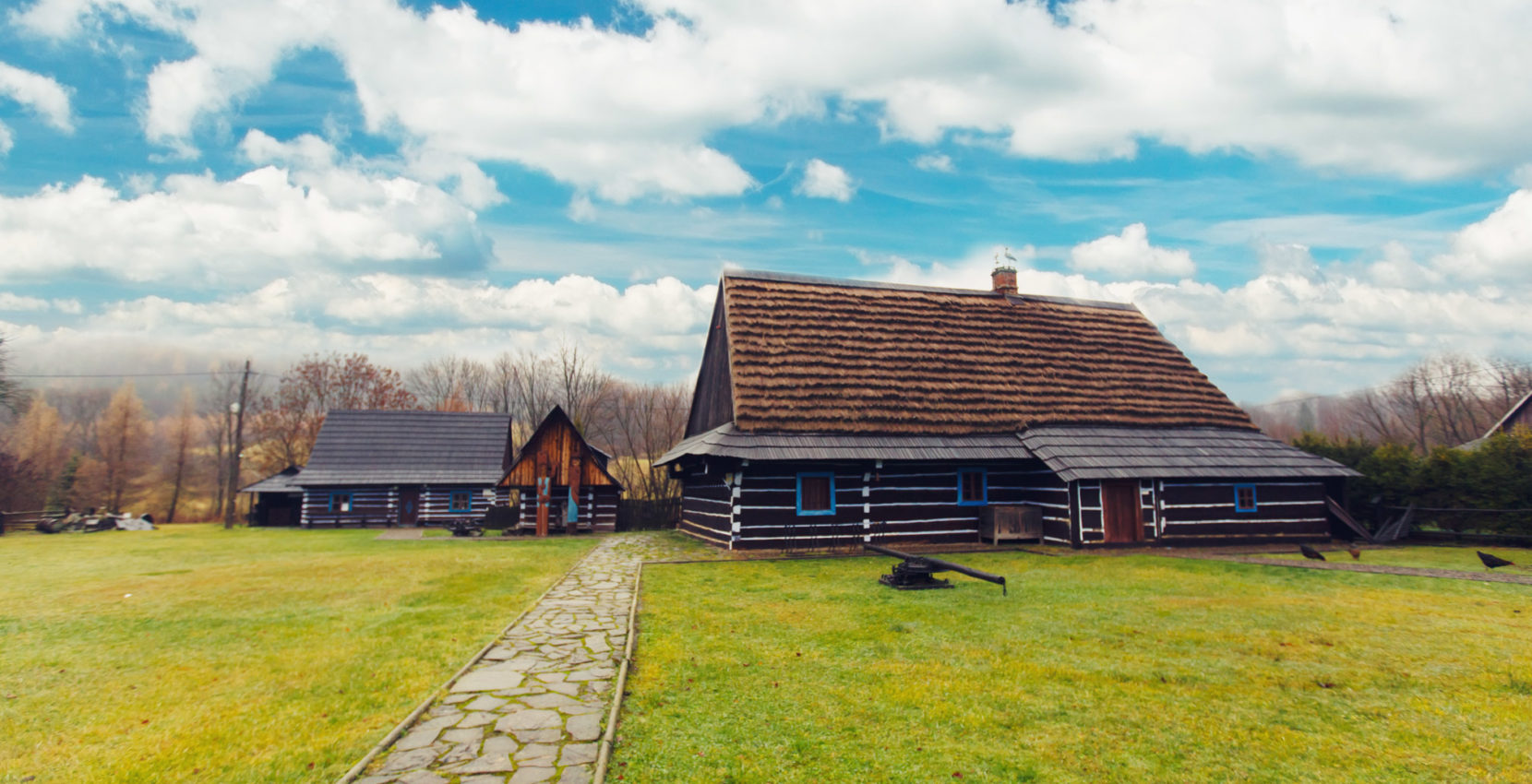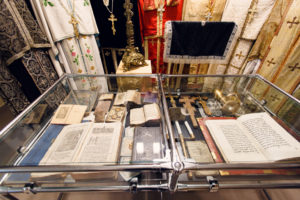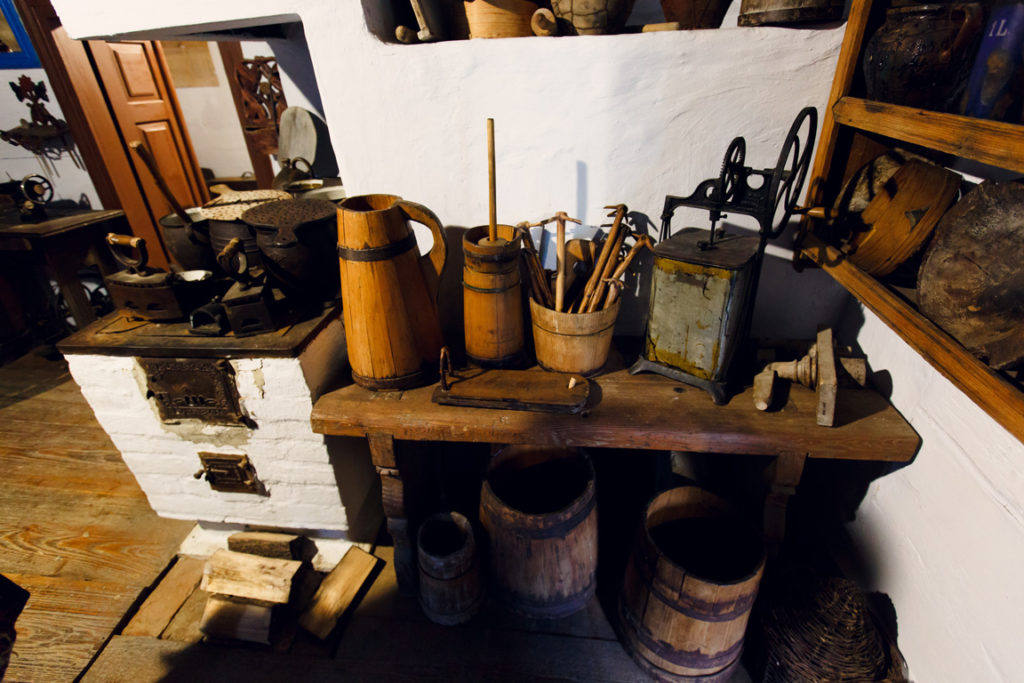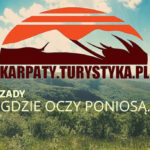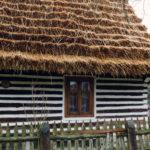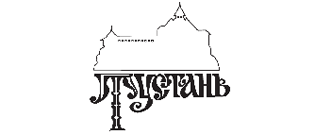Zyndranowa is a village located in the Low Beskid, in the Krosno district, at the Polish-Slovak border. It stretches for 5 km from south to north, along the stream called Panna (formerly Solotvyna). The village is surrounded by mountains, forests and crisscrossed by mountain streams. The result is a beautiful landscape of the whole area, which is part of the Jaśliska Landscape Park.
The second half of the fourteenth century is assumed to be the date of establishment of the village. As the oral tradition shows, that the first church was built in the village at the upper end of the settlement near the forest. The second one was built in the middle of the village, while the third one was erected at the lower end, in 1818. Historical documents state that the villagers remained with the Orthodox Church until 1700. Over 100 villagers took part in World War I, mostly as soldiers of the Austrian army, fighting on the Italian and Russian fronts. During World War I, a great battle of Russian and Austrian armies took place near the village. The fallen rested in a place called the Cemetery, after which there is no trace today (until 1945 the cemetery was fenced and there was a large wooden cross). According to the last pre-war Greek Catholic Shematism from 1936, about 1,000 people lived in the village in 178 families, including 3 Jewish families, 4 gypsy families, and the rest were Lemkos themselves. Jews, like the Lemkos, dealt with agriculture (the inn was closed by the Russians during World War I), while Gypsies / Roma lived off blacksmithing and music. Their cottages were in the middle of the village by the river, and this place was called Watrysko. During the war, in the autumn of 1944, 30 houses burned down. The rest of the buildings survived until 1945, when the deportations to the Soviet Union and as part of the “Vistula” action began. Some of the abandoned houses were inhabited by migrants, the rest of the buildings were demolished, destroyed or burned. About 10 families returned from exile. In the 1950s, the first artistic band in the Lemko region was formed here after the war, which performed with the play “Łemkowskie Wesele” (Lemko Wedding). Today, 30 families live in Zyndranowa, most of them of Lemkos origin (mostly assimilated), several mixed families, 4 families of settlers (including two families of forest workers). The Museum of Lemko Culture and the Chamber of Jewish Memory. There is also Orthodox church of St. Nicholas, in which the liturgies of the Eastern rite and the Catholic chapel are celebrated every Sunday.
The richness of the Lemkos’ culture survived in the museum showcases, which were placed in the farm buildings in the village of Zyndranowa. The Chamber of Souvenirs was established here 50 years ago, in 1968, on the initiative of Lemko activists – those who returned at the end of the 1950s from exile to western Poland. The material condition of the old multicultural culture was in a bad shape at that time – almost everything was destroyed, including the 19th-century wooden Greek Catholic church of St. Nicholas, which was demolished in 1962. The Museum that was arisen and which was private then was to save the remains of a rich culture, what still survived, what could be restored. In addition to collecting costumes or farm equipment, music bands were also established. The “whole Lemko region” is represented in the Museum: from western, through central, to eastern. Since 2002, the specially established Society for the Development of the Museum of Lemko Culture in Zyndranowa has been taking care of the Museum. Mr Bogdan Gocz complains that while it is possible to raise funds for workshops, meetings, publishing houses, it is extremely difficult to ensure the ongoing maintenance of these facilities. Within the open-air museum we can visit:
• a cottage constructed in 1860 equipped with original furniture collections, weaving tools, shoemakers’ tools, dishes,
• the stable with the military collection of the First and Second World War,
• village community room with painting and sculpture collections,
• a fully equipped forge,
• a chapel with an altar and paintings of saints,
• a windmill with a complete mechanism,
• a small tavern with a window with a counter,
• pigsty that at present functions as farm equipment warehouse,
• exhibition pavilion displaying, among others folk costumes, photographs, sacred exhibits, and on the first floor a library collection including a digital library.




